
Incorrigibles Selected as a National Endowment for the Humanities Grant Recipient
Spurred from preliminary research in the Prison Public Memory Project, Incorrigibles is a transmedia project that tells the stories of ‘incorrigible’ girls in the United States over the last 100 years – beginning with New York State. Drawing on the personal narratives of young women in “the system”, the work investigates the history and present state
Read more
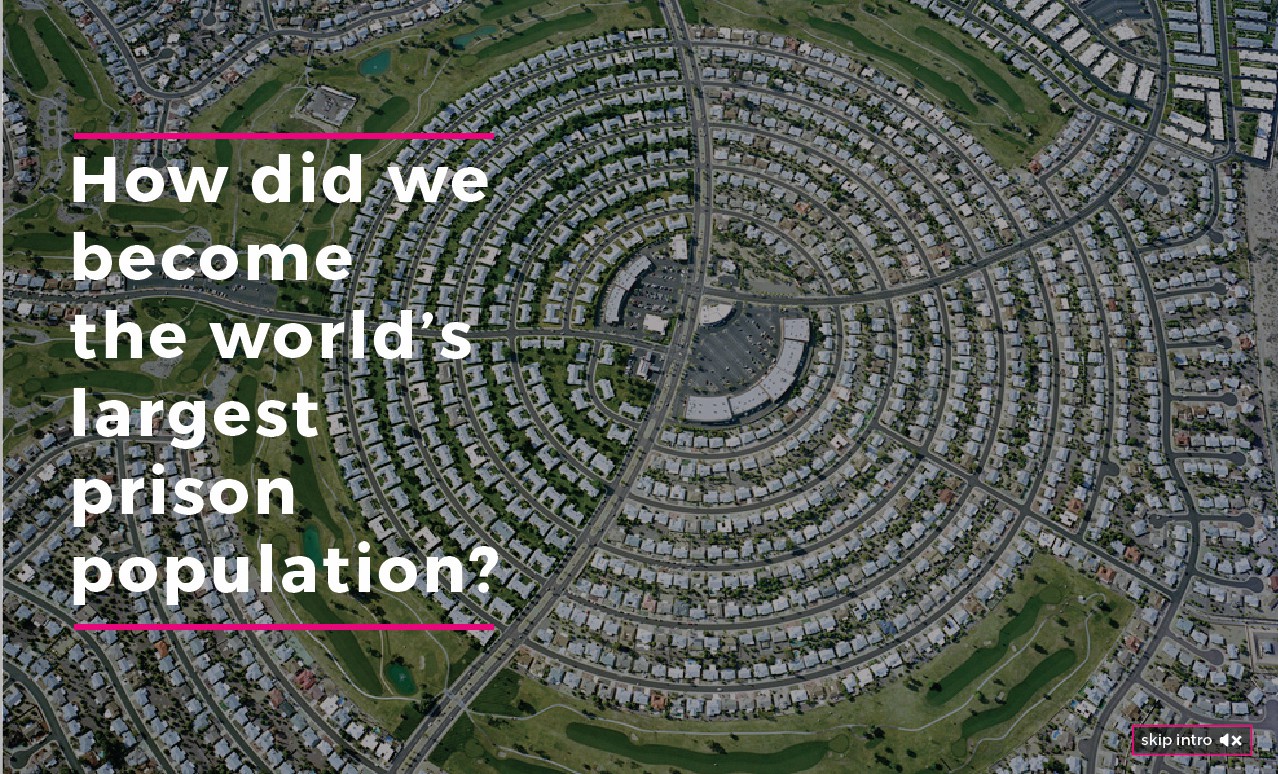
National Endowment for the Humanities Awards Grant to The New School’s Humanities Action Lab
The National Endowment for the Humanities recently awarded The New School’s ‘Humanities Action Lab: Global Dialogues on Incarceration’ a $250,000 grant. The grant will help fund the travelling exhibit that accompanies their first project, States of Incarceration. Meant to travel to at least 20 cities over 3 years, the exhibit will focus on the collective
Read more
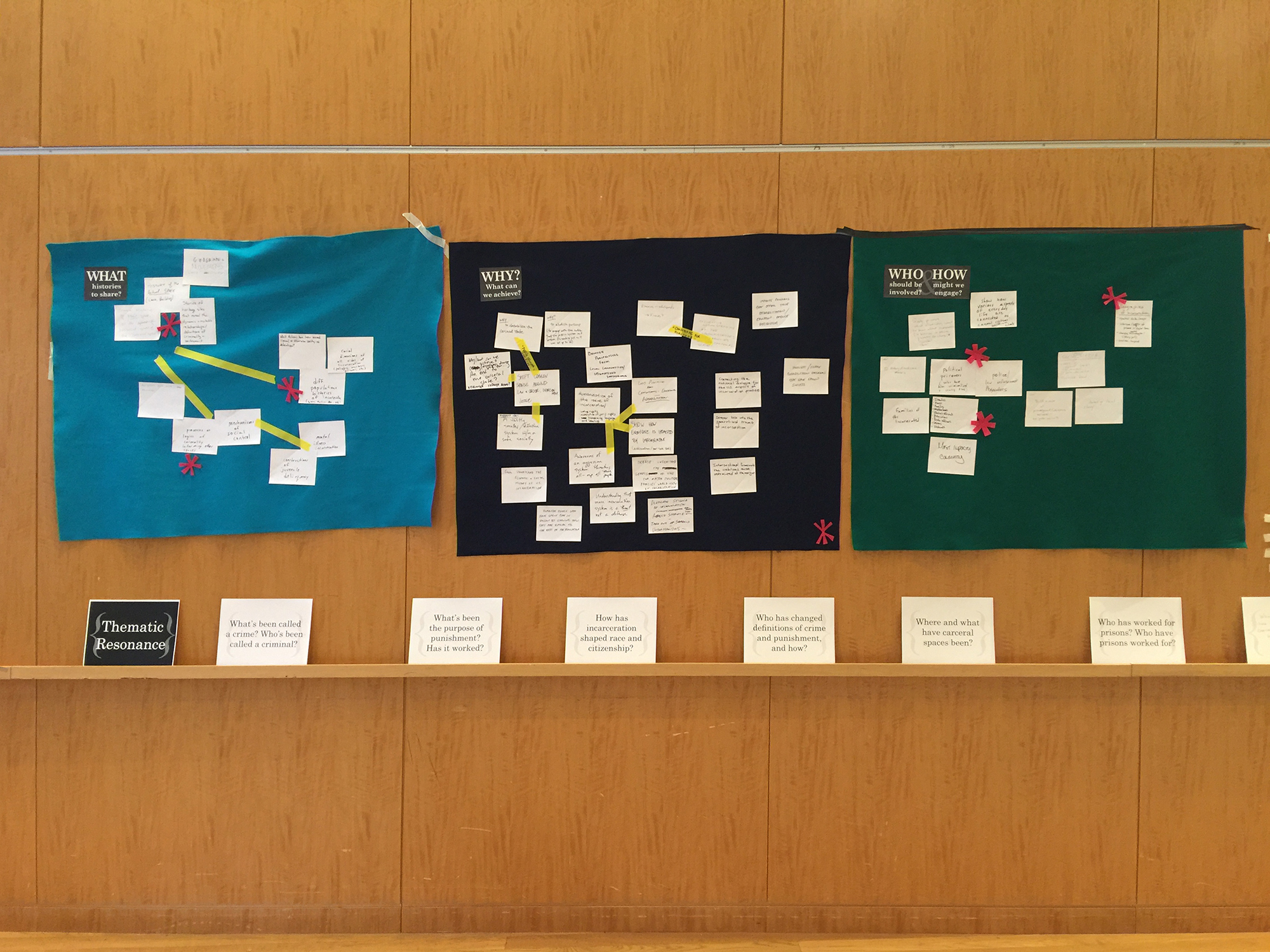
Picture Project works with Humanities Action Lab
Picture Projects has partnered on a new project to research, develop and design an exhibit and media platform with the ‘Humanities Action Lab: Global Dialogues on Incarceration’ and students at Parsons The New School for Design. The project will focus on the past, present, and future of incarceration, exploring the explosion of prisons and incarcerated people in the US –
Read more
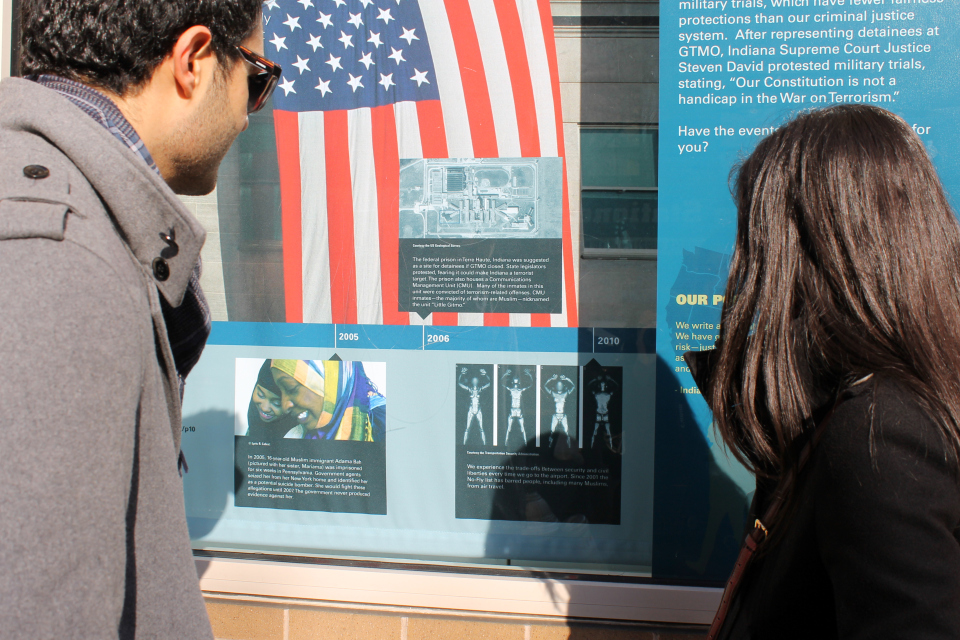
PHOTOGRAPHS FROM THE EXHIBIT – THE GUANTANAMO PUBLIC MEMORY PROJECT
(Read more about the project here)
Read more
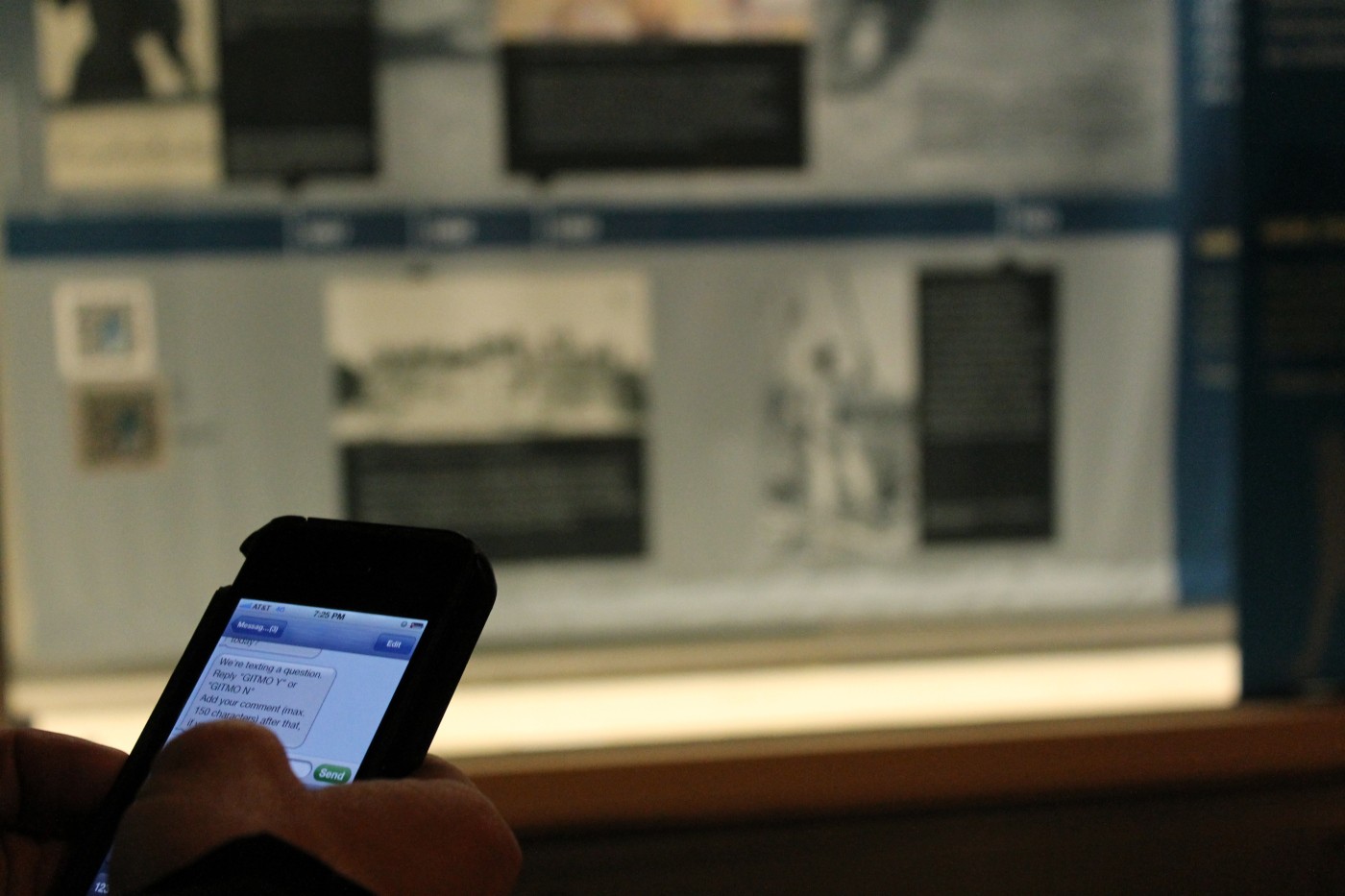
MOBILE POLLING SYSTEM – THE GUANTANAMO PUBLIC MEMORY PROJECT
Text ‘GITMO’ to 41411 Using a mobile polling system developed by Picture Projects, visitors may interact with the exhibit, and each other, by answering a series of Yes/No questions posed by each of the exhibit panels, including “Is the US an Empire?” and “Should GTMO be used for refugees in the future?” Some answers to
Read more
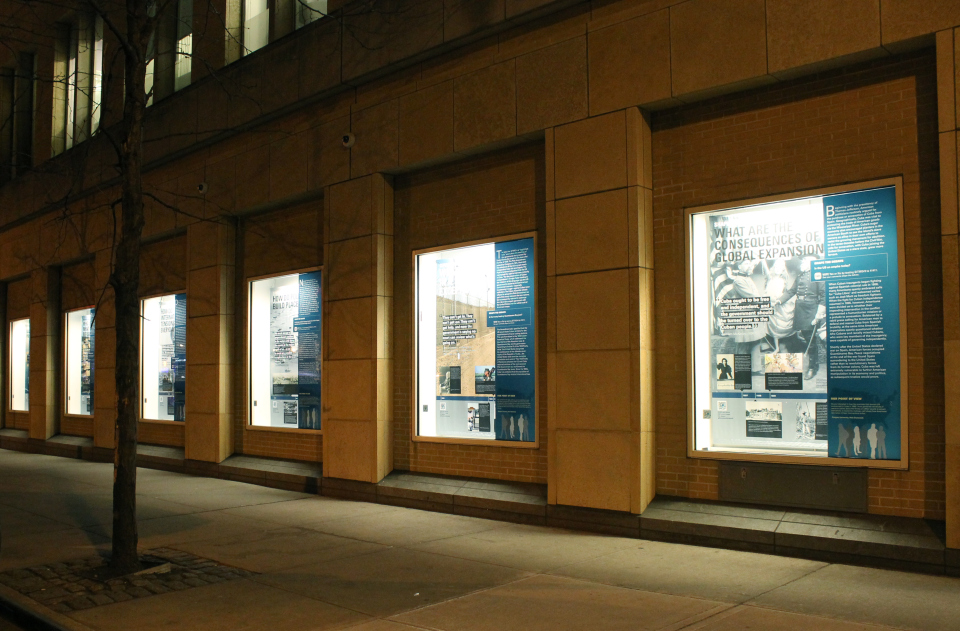
PROJECT LAUNCH — EXHIBITION, WEBSITE AND PUBLIC DIALOGUE ABOUT GUÁNTANAMO BAY NAVAL BASE: THE GUANTANAMO PUBLIC MEMORY PROJECT
We’d like to invite you to visit the exhibition and website of the Guántanamo Public Memory Project. NYU’s Kimmel Windows is the first venue of 10 nationally, which will present the exhibition and national dialogue over the next two years. The project is a large collaboration among 12 partner universities and over 100 students and
Read more
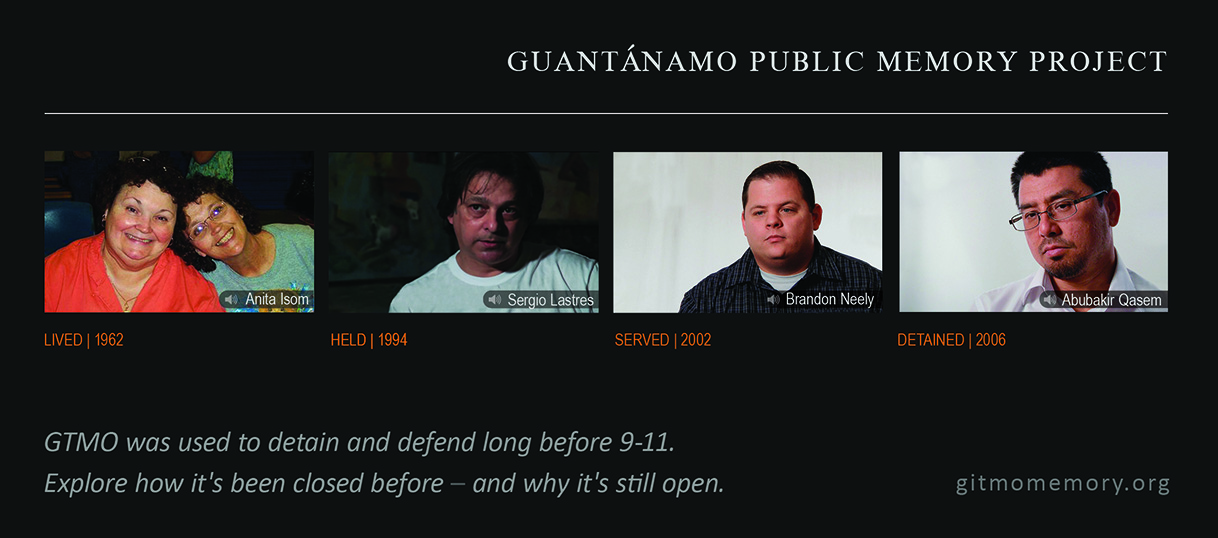
THE GUÁNTANAMO PUBLIC MEMORY PROJECT ON CAPITOL HILL
Guantánamo’s been open for more than a century. As we struggle over Guantánamo’s future, this popular exhibit is the first of its kind to ask what we need to remember about how it’s been opened – and closed – before. Through oral histories, images, and documents, the exhibit provides critical perspective on current debates through the
Read more